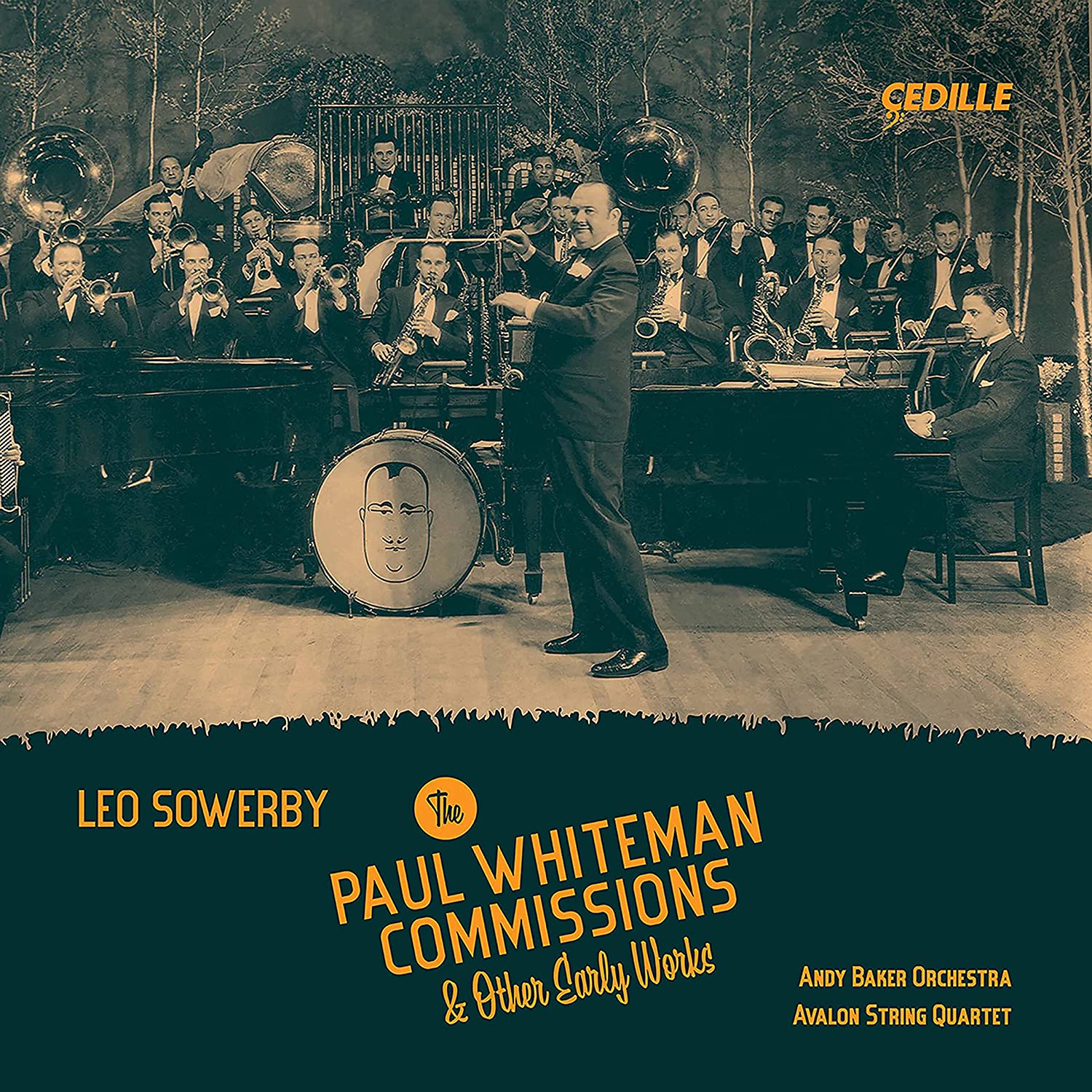 Leo Sowerby: Paul Whiteman Commissions & other early works Andy Baker Orchestra, Avalon String Quartet (Cedille)
Leo Sowerby: Paul Whiteman Commissions & other early works Andy Baker Orchestra, Avalon String Quartet (Cedille)
Chicago’s Leo Sowerby (1895-1968) is remembered chiefly as a prolific composer of sacred scores, a Pullitzer-Prize winning composer famous for church cantatas, organ solos and songs. A self-taught prodigy, Sowerby had been including populist elements in his scores for a decade before he was contacted by bandleader Paul Whiteman (who famously commissioned Gershwin’s Rhapsody in Blue) in 1924, asking him for a piece of symphonic jazz to perform in one of his “Revolutionary Concerts”. Sowerby’s 12-minute Synconata is a blast, and unlike anything you’ll hear this year. The jazz influences are mostly textural, with brilliant writing for reeds and brass. At least one contemporary critic thought it better than Rhapsody in Blue, and it’s good to know that Gershwin and Sowerby were friends, Sowerby revealing that Gershwin had taught him to drink martinis. Much of it sounds like a silent film score, the disparate sections neatly knitted together. Even more cinematic is the Tramping Tune, heard here in a version for solo piano and strings, a tribute to Sowerby’s mentor and teacher Percy Grainger.
The big work here is another Whiteman commission, Sowerby’s Symphony for Jazz Orchestra, subtitled Monotony. Not that there’s anything tedious about the music, inspired by a Sinclair Lewis novel and intended to accompany a stage presentation with the protagonist attending a theatre, cocktail party, church service and concert. Sowerby doesn’t do big Gershwin tunes, and there’s an agreeable bite to much of the score, the more chaotic pile-ups suggesting Charles Ives. Fascinating, and you can’t imagine it being better played or recorded than it is here, baritone saxes and banjo suitably fruity. Neither orchestral work was left in a proper performing edition, but Andy Baker’s new reconstructions feel thoroughly authentic. We also get Sowerby’s String Quartet in D minor, assembled from the composer’s pencil score, meaning that the members of the Avalon String Quartet had to provide bowings, dynamics and expressive markings from scratch. It’s a glorious work, more lyrical than the Whiteman pieces. A fabulous disc, beautifully recorded. Great sleeve notes too, and a fun cover photo – take a peek at Whiteman’s bass drum.
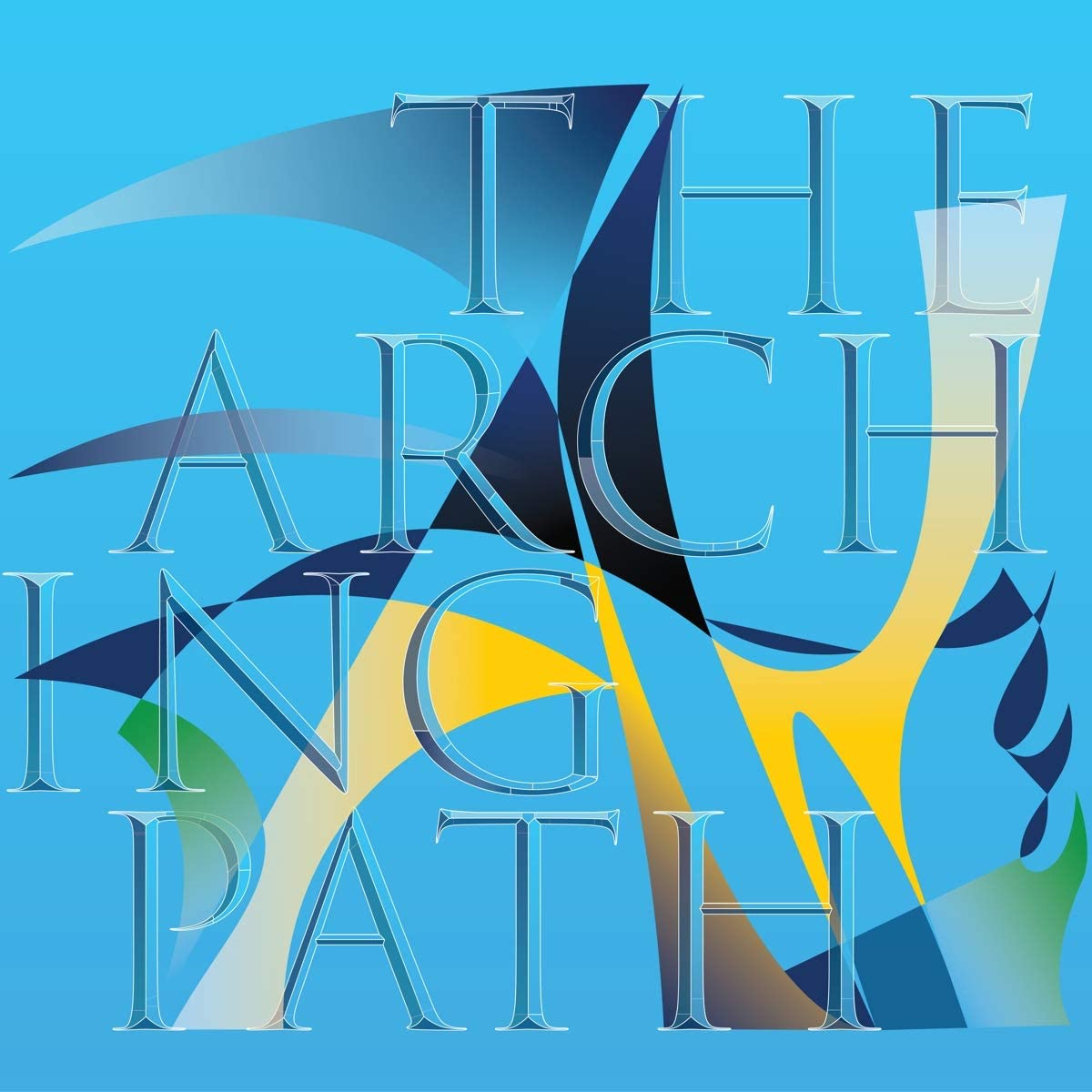 Christopher Cerrone: The Arching Path Timo Andres (piano) (Outburst Inburst Musics)
Christopher Cerrone: The Arching Path Timo Andres (piano) (Outburst Inburst Musics)
The Arching Path is an engaging meditation on travel and landscape, several of the pieces on this disc of music by Christopher Cerrone obliquely inspired by specific locations. The title work was inspired by Sergio Musmeci’s concrete bridge in the Italian city of Potenza, an eye-popping 1967 structure which I’m now determined to visit. “Musmeci’s Concrete” is a sonorous blend of taps and echos, both serene and startling, Cerrone’s second movement taking us, briefly, below the river’s surface before an ecstatic upward surge back into daylight and an introspective voyage home. Not that you need to know this when listening; played here by fellow composer Timo Andres, The Arching Path is instantly distinctive and appealing. The album closer, Hoyt-Schermerhorn, takes its name from a New York Subway station. This is music of gentle resignation, Cerrone using electronics to overlay a high-pitched shimmering film of tinkling piano notes, reminiscent of the ringing one gets in ones ears after a loud late night.
Double Happiness’s five movements make effective use of field recordings made by Cerrone in Umbria, neatly combined with Andres’s piano and subtle percussion from Ian Rosenbaum. Distant rain and bells are unobtrusively mixed in, together with Cerrone’s live electronics. The song cycle I will learn to love a person sets poetry by Taiwanese-American writer Tao Lin, musings on the difficulties of forming relationships in the digital age. Soprano Lindsay Kesselman is mesmerising, the soft intensity of her singing entirely appropriate. Lin’s plea to get rid of the “endless shit” which can clutter up our emotional and physical lives is answered by Cerrone’s settings, and the cycle does end in a mood of tentative optimism. This is intelligent, attractive new music, wonderfully performed and engineered.
Mozart and Beethoven: Septets Soloists of the Lucerne Festival Orchestra (Accentus)
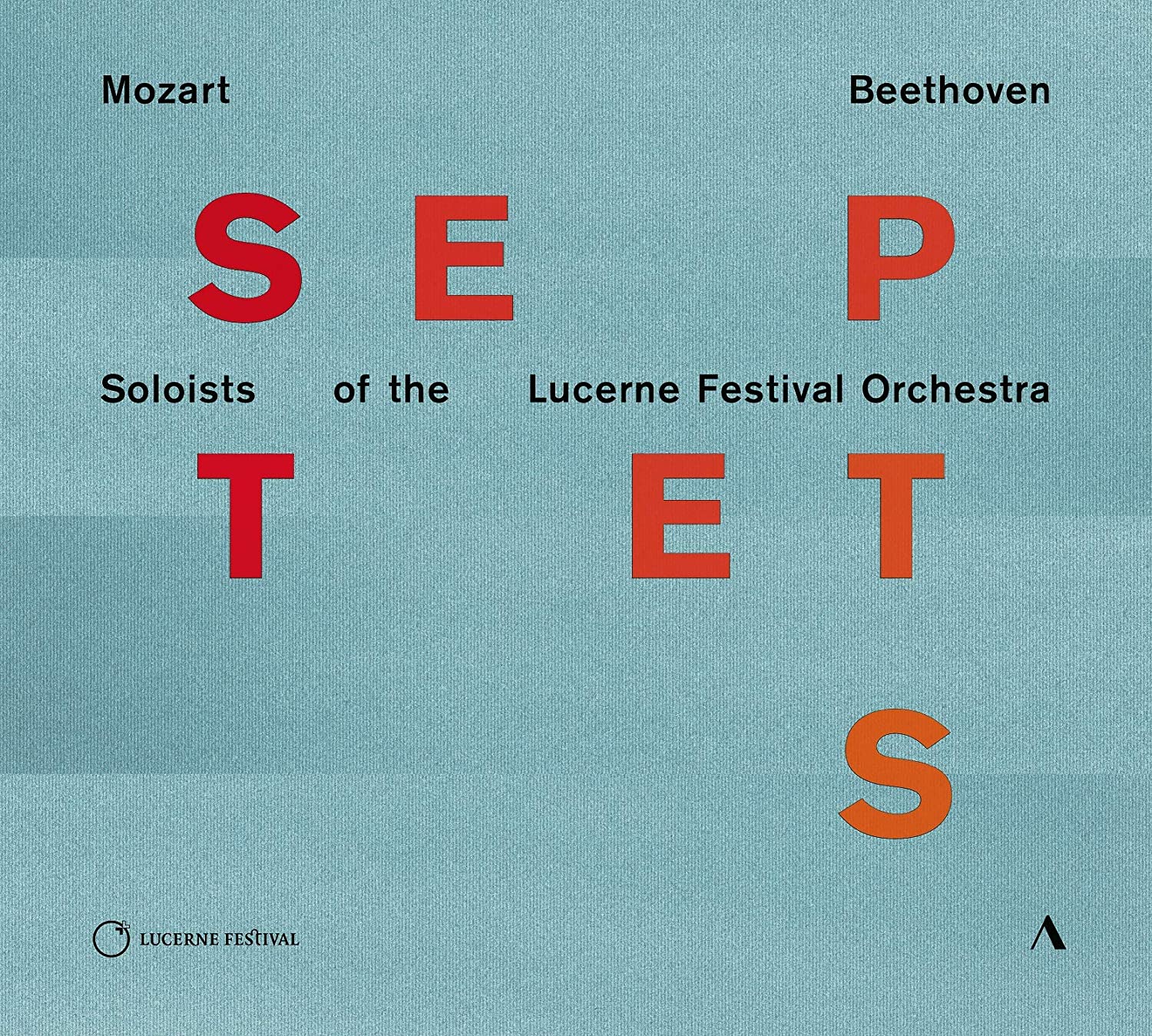 Mozart’s K251 Divertimento in D, dedicated to his sister Maria Anna isn’t heard enough. This live performance from the 2020 Lucerne Festival is highly enjoyable: nothing is overplayed, and there’s an appealing, rustic edge to the ensemble’s sound. It’s starrily cast, the musicians including hornist Stefan Dohr and legendary viola player Wolfram Christ, but there’s no showboating. I love the sweetness they bring to the little “Andantino”, Lucas Macias Navarro providing some gorgeous oboe solos. Mozart’s fifth movement rondo feels as if it should be the finale; the tiny “Marcia alla francese” which actually closes the work feels like an afterthought. It’s a lot of fun.
Mozart’s K251 Divertimento in D, dedicated to his sister Maria Anna isn’t heard enough. This live performance from the 2020 Lucerne Festival is highly enjoyable: nothing is overplayed, and there’s an appealing, rustic edge to the ensemble’s sound. It’s starrily cast, the musicians including hornist Stefan Dohr and legendary viola player Wolfram Christ, but there’s no showboating. I love the sweetness they bring to the little “Andantino”, Lucas Macias Navarro providing some gorgeous oboe solos. Mozart’s fifth movement rondo feels as if it should be the finale; the tiny “Marcia alla francese” which actually closes the work feels like an afterthought. It’s a lot of fun.
More ambitious is Beethoven’s Op. 20 Septet, a work whose popularity irritated its composer, feeling that listeners enjoyed it for the tunes rather than its musical sophistication. So many passages sound like orchestral music, and the mixture of solemnity and cheekiness will please anyone who’s especially fond of Beethoven’s early symphonies. High spots include an unusually affecting “Adagio cantabile” and an irresistibly bouncy scherzo which features an iconic Beethoven tune. A feelgood disc; two unbuttoned works, sweetly played.
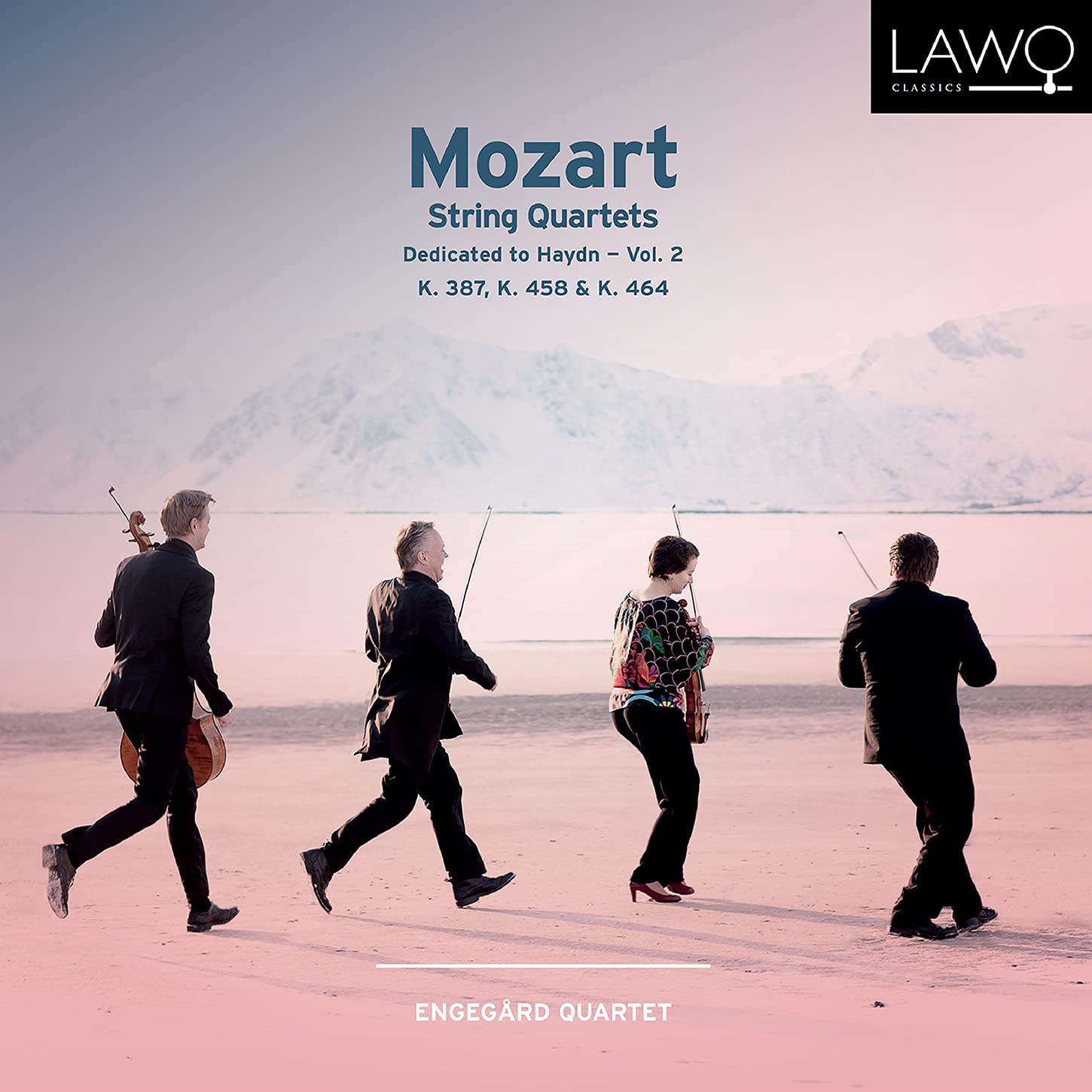 Mozart: String Quartets Vol 2 Engegård Quartet (Lawo Classics)
Mozart: String Quartets Vol 2 Engegård Quartet (Lawo Classics)
Three major key quartets in succession might seem on paper to be too much of a good thing, but listening to the Norwegian Engegård Quartet’s second disc devoted to Mozart’s ‘Haydn’ quartets is a rich, satisfying experience. Each of the three works here is a compact, mature masterpiece, building on the senior composer’s template and pushing the form in entertaining new directions. These players really tap into the music’s wit and gravitas. The opening of No. 14’s minuet is suitably discombobulating, and cellist Jan Clemens Carlsen’s bass lines in the “Andante cantabile” are unobtrusive but sonorous. The finale’s abrupt close is nicely done. Quartet No. 17’s 6/8 gallop sounds like an offcut from a discarded horn concerto, the tempo relaxed but lively, and the “Adagio” is incredibly affecting. There’s real warmth to the Engegårds’ tone, the blend immaculate.
Quartet No. 18, pitched a semitone lower, is deeper and richer still, a superficially relaxed triple time first movement full of quirks and surprises. The third movement’s extended variation sequence is the longest thing on this disc, each variation brilliantly characterised. The finale has another throwaway ending, so surprising that you feel compelled to listen to the whole thing again. Great performances, in short, and the close, sonorous recording suits these quartets perfectly.
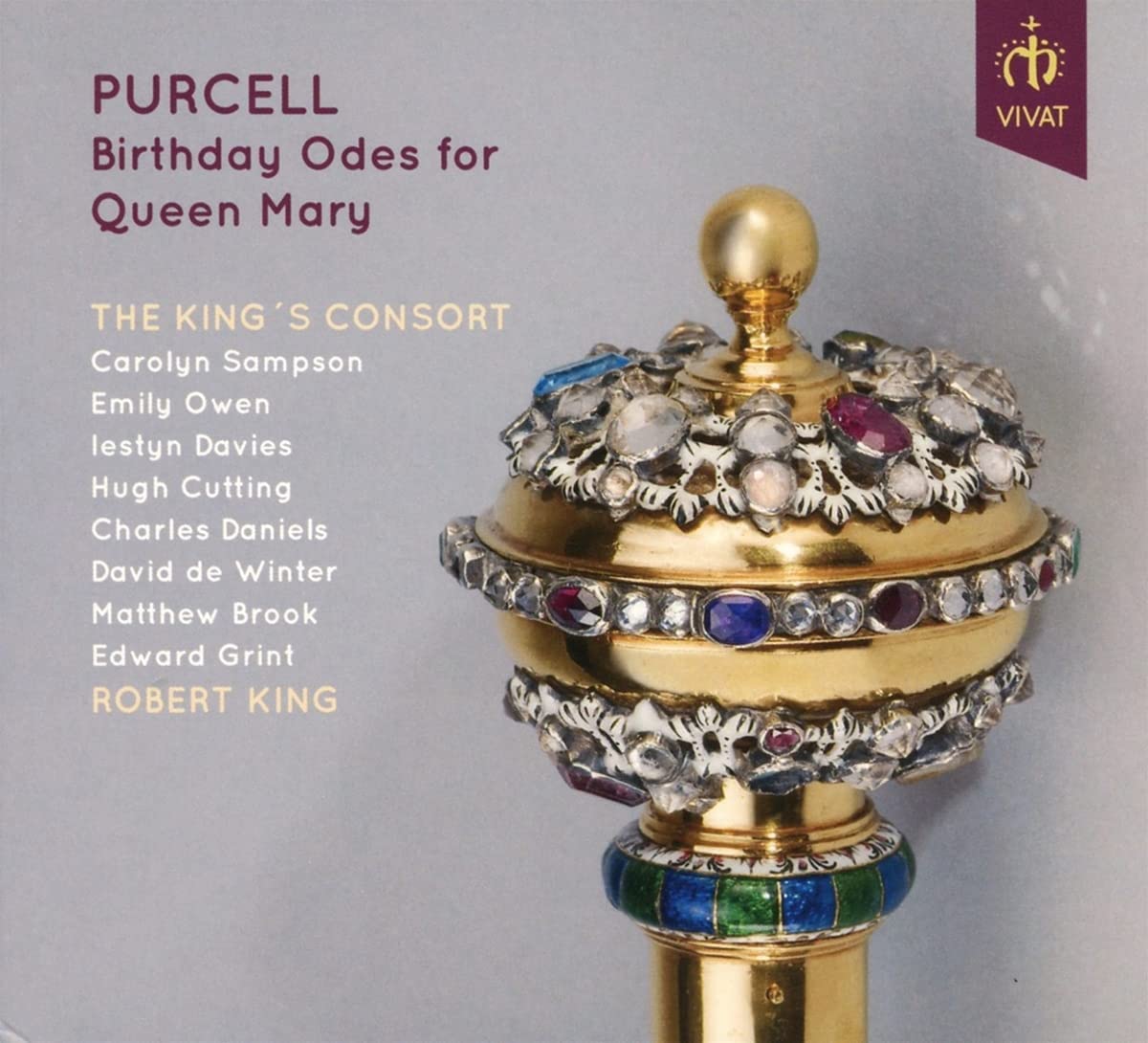 Purcell: Birthday Odes for Queen Mary The Kings Consort/Robert King, with Carolyn Sampson, Iestyn Davies (Vivat)
Purcell: Birthday Odes for Queen Mary The Kings Consort/Robert King, with Carolyn Sampson, Iestyn Davies (Vivat)
Listening to a large-scale disc recorded as recently as April 2021 is a reason to be cheerful in itself, and Robert King’s latest Purcell collection is beautifully produced too – a reminder that Croydon’s perennially under-appreciated and largely ignored Fairfield Halls is a wonderful recording venue. Purcell composed six odes between 1689 and 1694 to celebrate successive birthdays of Queen Mary. Sizeable multi-movement pieces, each beginning with a spectacular instrumental number, they contain some incredibly entertaining music. Arise, my muse dates from 1690, its opening “Symphony” a zestful, trumpety blast of energy. Then tenor David de Winter negotiates the title number with disarming freshness and ease, and you’re hooked. The casting is opulent; sample countertenors Hugh Cutting and Iestyn Davies in “Hail Gloriana, hail” and it’s difficult not to grin.
Carolyn Sampson plays a prominent role in the other two odes, but it feels unfair to single out any singer in particular; they’re all excellent. Creaky libretti by Thomas D’Urfey, Charles Sedley and Nahum Tate sound like works of genius in Purcell’s hands, and every word is audible. “Long may she reign over this isle”, sweetly sung by Sampson, is a highlight of 1692’s Love’s goddess was blind, this ode closing with a surprisingly introspective chorus. Celebrate this festival (1693) features some spectacular trumpet writing, Sampson and chorus at one point urging trumpeter Neil Brough to stop playing. He bounces back, notably in a terrific duet with bass Matthew Brook. These are hugely entertaining and uplifting pieces. Instrumental accompaniments from The King's Consort are lively and colourful. Documentation is excellent, with scholarly notes and full texts included.
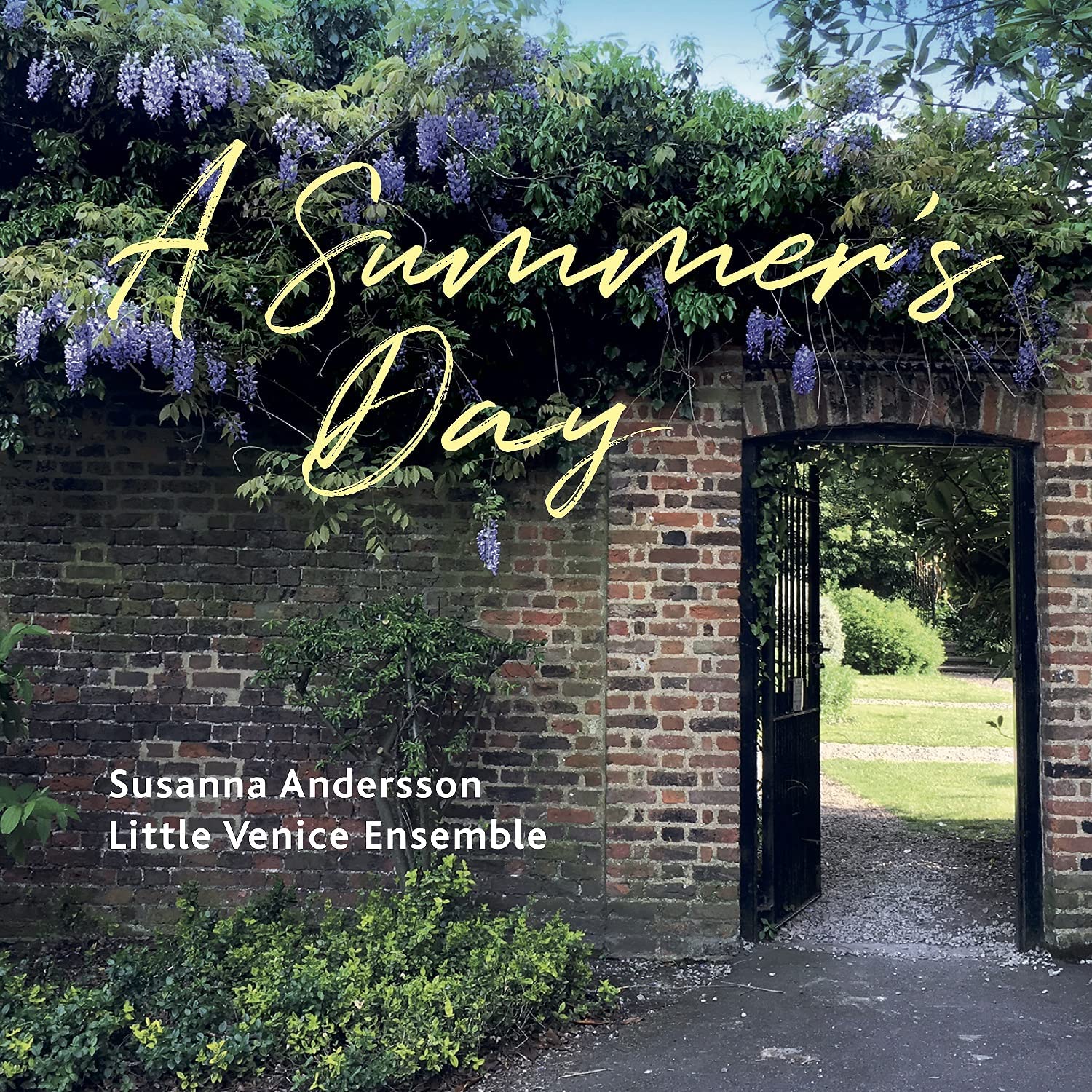 A Summer’s Day Susanna Anderson (soprano), Little Venice Ensemble (Stone Records)
A Summer’s Day Susanna Anderson (soprano), Little Venice Ensemble (Stone Records)
I loved The Little Venice Ensemble’s Christmas disc a few years ago, and here’s the delayed follow-up. Mostly recorded in Sweden last winter, this anthology is another euphonious selection of Anglo-Swedish music, reflecting the group’s make up. I’d never encountered Vaughan Williams’s Three Preludes on Welsh Hymn Tunes before. They’re unassumingly beautiful, first played in 1941 by a string quartet but designed to be performed by “combinations of all manner of instruments”. A fleet scherzo separates the outer movements, the flattened sevenths in the final bars wholly characteristic. Another rarity is Malcolm Arnold’s delicious little Serenade for Guitar and Strings from 1955, losing nothing in this performance with five solo strings. Written, like Arnold’s Guitar Concerto, for Julian Bream, the idiomatic, unflashy solo writing is typical of Arnold and a lovely blend of Spanish and pastoral English influences. Guitarist Martin Fogel is excellent; you’d buy the CD for this piece alone.
Violinist Björn Kleiman’s arrangements of four piano pieces by Wilhelm Peterson-Berger are charmers: folksy, earthy miniatures which do what they do wonderfully well. The third one, “Vest I fjellom” is the standout; suggesting a Swedish Vaughan Williams. Kleiman’s own “Lady’s Mantle” is a small but perfectly proportioned and scored waltz for flute and string quartet. The other numbers feature soprano Susanna Andersson, whose light, clear sound fits the album’s mood perfectly. There’s a song from ABBA’s Benny Andersson, whose "Efter regnet" is a charmer. Equally appealing are the Five Quiet Songs by the British jazz guitarist and composer John Duarte, and the disc ends with Monica Dominique’s lovely "Tillägnan", an ode to nature in a new arrangement featuring the entire ensemble. A small but perfectly formed album.

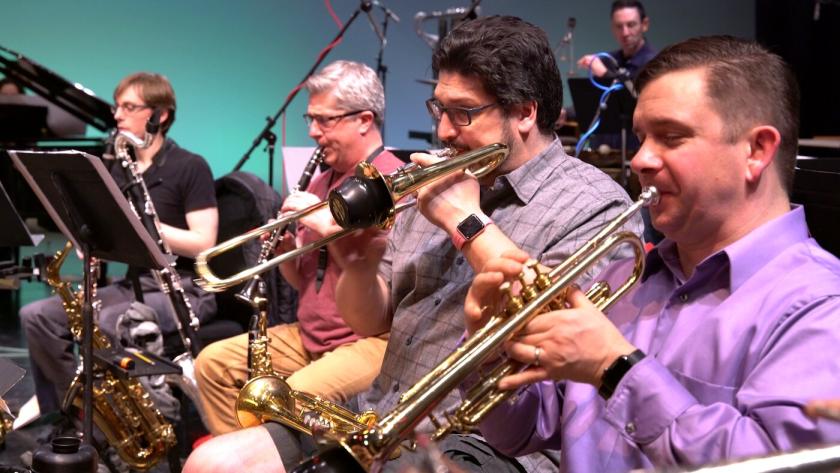












Add comment